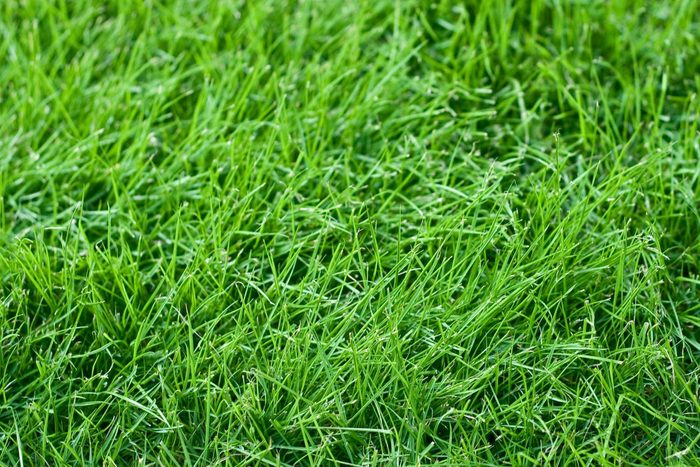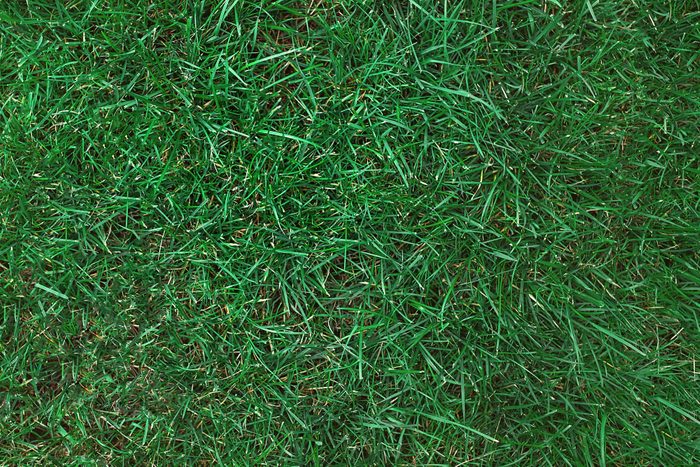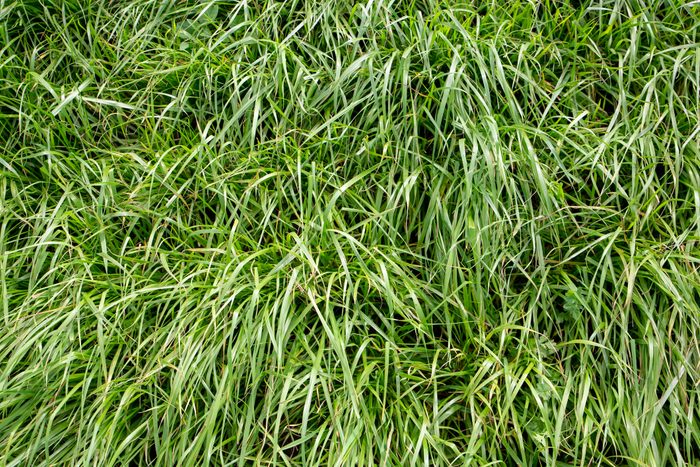Know these types of grasses before planting or laying down sod this fall or winter.
Types of Grass That Can Be Planted in Fall and Winter

Tall Fescue
Tall fescue is a great place to start when considering which sod types to lay down this fall and winter. And it’s easy to see why. It’s drought tolerant, grows in lots of regions, looks fantastic in most landscapes and resists disease. Those aren’t the only benefits, though.
“This type of autumn and winter grass is very low maintenance,” according to Pat Buckley, owner of Buckley Turf. “It likes full sun, but can also survive in shaded spots where other autumn types may not.”

Kentucky Bluegrass
Contrary to its name, Kentucky bluegrass doesn’t grow in the Bluegrass State. Kentucky bluegrass stands up to frigid conditions so it’s suitable for most northern climates in the U.S.
“Kentucky bluegrass is best planted in fall, between September and November, but can also be planted in winter and spring, between February and May,” says Gian Moore, a partner at MellowPine.
“It thrives in moist, shady locations. This medium-textured, light- to medium-green bluegrass tolerates poorly drained locations and acidic soils. It is best planted in low-traffic areas and cannot tolerate hot, dry weather.”

Bermuda
While it is best to lay down Bermuda in the late spring, this warm-season grass can also be planted in the colder months. It’s a perfect lawn choice for warmer, southern climates in the U.S. and should be planted in an area that allows full sun and good drainage.
“This type of grass withstands high temperatures while requiring minimal amounts of water during the hot summer months, making it a good choice for planting in the fall or winter,” says Kate Diaz, a home improvement expert and co-founder of SwankyDen. “It is also known as lawns without worries because of its strong tolerance to drought and traffic.”

Ryegrass
Versatile ryegrass can be grown across the U.S., from golf courses to parks to backyards. It’s a cool-season grass, and some varieties tolerate extreme temperatures.
“Ryegrass can be annual or a perennial, so you’ll want to take that into account when choosing a ryegrass variety,” says Shelby DeVore, the founder of Farminence. “Annual ryegrass will germinate in almost any condition, but it will need to be reseeded each year.”




















